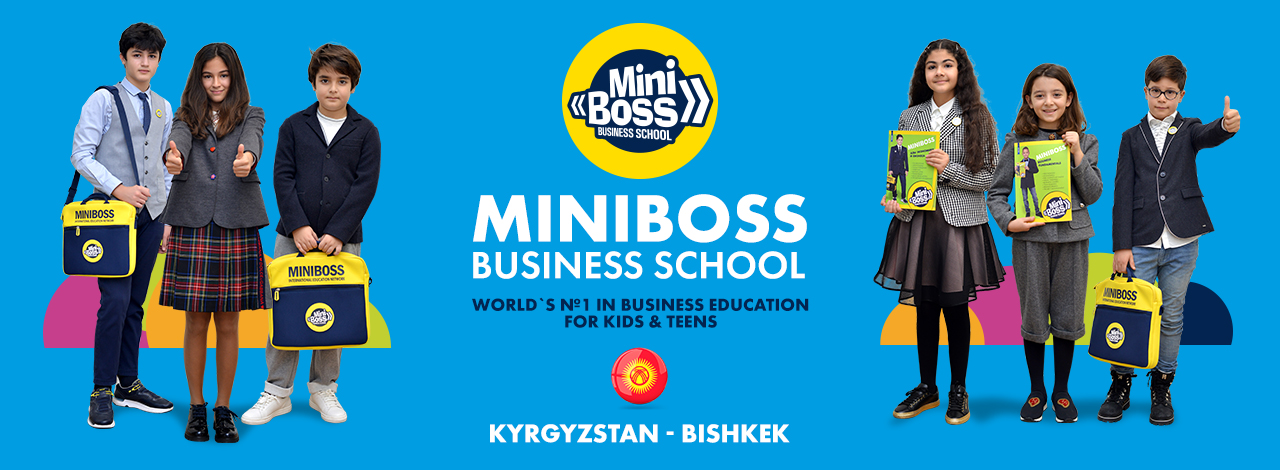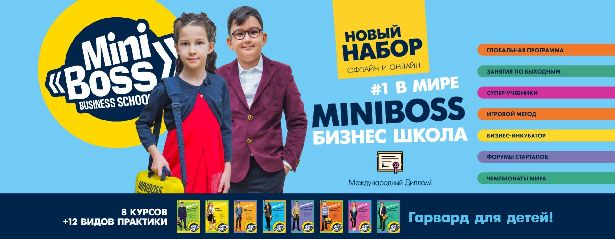
My first real entrepreneurial invention was a pencil holder made out of orange juice concentrate cans. I glued plywood to the cans that my uncle cut up for me, pasted Popsicle sticks on them, painted them, and went selling them door to door. I even took custom orders: for an extra 20 cents, I’d put your Polaroid picture on it.
These experiences were my foundation. Being a paperboy, for example, taught me so much about responsibility, and money, and how to deal with people. I was 12 years old, getting up at the crack of dawn to ride my bike and deliver papers. I had to knock on doors and collect payments — and the tips I received were based on my customer service skills. I had to learn how to interact with all sorts of different personalities, all of whom were two, three, four or more decades older than me.
It’s a shame that trade has since gone away, and it’s equally as sad that we don’t teach our kids these same lessons in school. We teach them algebra instead of how to manage their own money. We teach them biology but don’t teach them how to nurture their own ideas.
There’s a great TED talk about the importance of teaching entrepreneurship to kids by Cameron Herold — a fellow entrepreneur who, like me, struggled to follow the “color inside the lines” approach education tends to encourage. Look, I’m not saying school doesn’t have its place. I just think with 3 in 10 U.S. jobs being held by the self-employed and the workers they hired, according to a 2014 report, we should acknowledge the value of entrepreneurship in our society — starting with early education.
So, what lessons should kids be learning early on to better prepare them for entrepreneurship?
How to manage money (even if it’s small amounts)
I don’t know about you, but the first time I earned a dollar, I was thrilled.
But the key word there is “earned.” There is a big difference between giving your kid $5 for lunch just because they’re your kid, and teaching them how to work for the money they have.
In Herold’s TED talk, he tells the story about how his parents gave him two piggy banks: one for money he could spend on the things he wanted, and one for savings. Every time he made $1, he would put 50 cents in one and 50 cents in the other.
These early habits are so important, and aren’t that difficult to implement. But, as a parent, it’s your responsibility to help hold your kid accountable. Otherwise, which piggy bank do you think they’re going to fill faster?

The value of responsibility by doing chores
Even if your kid is only in the 3rd grade, why doesn’t he or she have the responsibility to earn a few bucks each week by doing some basic chores?
The whole purpose of putting an allowance sheet together isn’t to give your kid free money. It’s to teach them the meaning of responsibility, and instill the concept of exchanging their time and effort for something in return — in this case, a salary.
The difference between chores and homework, however, is the fact that homework doesn’t really provide that same sort of excitement or reward. It teaches kids to do as they are told, but it doesn’t teach them how to earn for themselves — and then reinvest those earnings into other things they may want.
How to spot the difference between good and bad customer service
Any parent can attest to having been frustrated at a restaurant when a waiter or waitress fumbled an order, or didn’t come back to check in with the table.
But instead of simply showing your frustration, consider the opportunity to explain to your kids the value of good customer service — or what bad customer service looks like. It doesn’t take much to say, “See? That wasn’t great customer service.” Or, when someone does take care of you in a store, at a restaurant, wherever, acknowledging that to your kid and explaining why that’s important.
The customer service skills I learned as a paperboy were one of my greatest assets as an early entrepreneur. After all, succeeding in business is largely dependent upon your ability to be accountable for doing what you say you’re going to do.
Trading goods, and how they are bought and sold
This is something kids inherently understand. Any lunchroom is a perfect example. One kid has a bag of chips, another has a bologna sandwich. Depending on whether the sandwich looks fresh and tasty, or has a big dent in it and looks like it was accidentally sat on, determines its value — and whether or not the kid with the bag of chips will want to trade.
But even though kids trade their belongings, loan games to friends, or enlist the the help of their peers in things like yard projects, we rarely take the time to draw the parallel between their actions and entrepreneurship in the real world.

I have always found that people learn best when they can associate some new piece of knowledge with something they already know. Metaphors can be a helpful tool in helping speed up the learning process.
The qualities of selling
How many times have you bought your kid a new toy, only for them to throw it out as soon as they got a new one?
I know how easy it can be as a parent to just throw the old one away, but consider this as another opportunity to point out the art of selling. Sit your kid down and explain what you originally paid for that toy, and what it might be worth today — based on wear and tear, how much time has gone by, what other people are willing to pay for it, etc. With websites like eBay, you can even put the old toy up for sale, and let your kid keep whatever he or she sells it for.
Source



